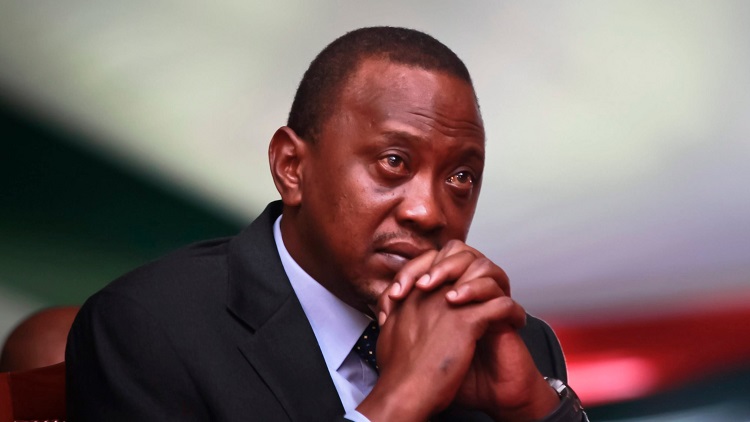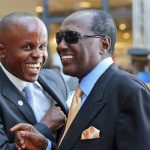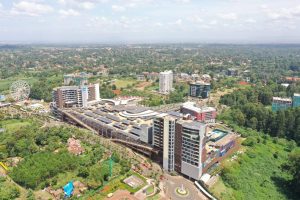Has the economy grown 3.7 fold, from Sh4.4tr to Sh11tr under Uhuru Kenyatta? A fact check, and primer in national income accounting.
At the end of this lesson, non-economists will know the difference between nominal and constant price GDP, and how cartel economics could explain Uhuru confusing nominal GDP increase for real growth.
Consumer price milk was Sh60/litre in 2012 (Sh30/1/2 litre packet). It is now Sh110 (Sh55 a packet). KNBS figures show farmers got Sh31/litre in 2012 and Sh33 in 2020. Also from KNBS, marketed production has increased from 330m litres to 460m litres, a growth of 39 percent.

GDP is defined as value-added i.e. output less inputs. In nominal/current prices, the value of marketed milk (output) rose from Sh19.58b to Sh50.6b and inputs (payment to farmers) from Sh10b to Sh15b, which works out to increase in value-added from Sh9.6b in 2012 to Sh35.4b in 2020.
That is an eye-popping 270 percent cumulatively, 16 percent per year. Uhuru Kenyatta would have you believe that this is the growth of the milk processing and distribution GDP, yet actual output has increased 39 percent only.
The rest of the nominal value reflects an increase in processing and distribution margins from Sh30 to Sh77 per litre. But perhaps Uhuru can be forgiven for confusing the resultant growth of Brookside profits with the growth of the economy.
But how to add up quantities of milk, cement, hotel services etc? This is where constant prices come in. The statisticians chose a particular year as a base and use the prices that were obtained that year to get the ‘constant” price GDP of subsequent years.
To obtain the processing & distribution value-added, multiply 2020 production with 2012 processing & distribution margin of Sh29 to obtain Sh13.3b as 2020 output in 2012 prices. You can confirm that the constant price growth is same as physical output growth i.e. 39 percent

The statisticians do this for every product and service, add it all up and get the constant price or “real” GDP. This exercise also gives us an alternative measure of inflation known as the implicit GDP deflator.
Uhuru says nominal GDP has grown from Sh4.4tr to Sh11tr, that’s 11.4 percent per year. Correct. But as can see, this is inflated by inter alia, massive price gouging by Brookside and related cartels.
Knowing the methodology, an idea of the rate of inflation, and a little math, we can fact check this quite easily. Inflation has been running at about 7 percent per year. Deflate Sh11trby simple discounting 11/(1+0.7)^8 = 6.4.
That’s about how much the economy has grown by i.e. 45 percent. Now, use natural log difference and divide by 8 to obtain average annual growth rate i.e. [ln(6.4)-ln(4.4)]/8 = 0.046. 4.6 percent per year now looks like a real GDP growth rate.
And 6.8 difference between 11.4 percent nominal growth, less and our computed 4.6 real is just about our 7 percent inflation figure. QEDBut wait a minute? Why not just look up KNBS published numbers? There is a small complication.
KNBS 2012 constant GDP is published in 2009 prices, and 2020 GDP in 2016 prices. The two are not comparable. Uhuru was probably counting on this to get away with statistical fraud. But there is a workaround.
Growth rates are not affected by base year changes To estimate of 2020 GDP in 2012 prices, take real growth rate over the 8 yrs (4.4% p.a ) and compound i.e. 4.4x(1+ 0.044)^8 = 6.2. Both methods give a similar figure. We can say confidently, the economy has expanded 45% under Uhuru.
By the same token, nominal GDP in 2002 was Sh1tr. Uhuru took over at Sh4.4tr. Inflation averaged 10 percent per year under Kibaki. Sh4.4tr inflation-adjusted at 10 percent per year for 10 years is Sh2.05tr. Economy doubled under Kibaki.
By Dr David Ndii


















